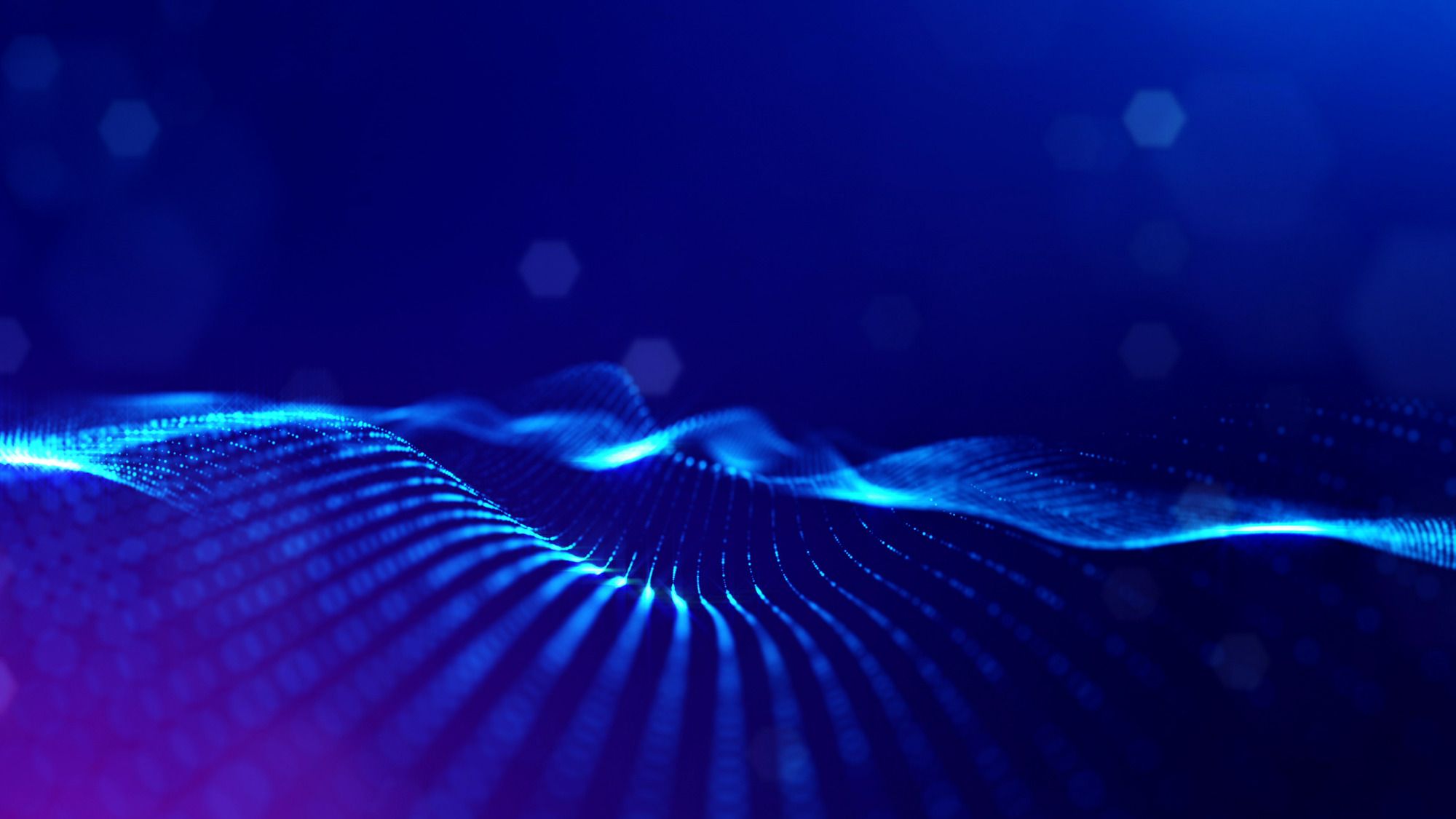
Past Voucher Award Recipient
Vega Wave Systems, Inc.
partnered with
Argonne National Laboratory
Radiation Testing for High-Resolution,
Radiation-Hardened Camera Systems, NE-21-26414
YEAR AWARDED: FY-2021
TOTAL PROJECT VALUE: $312.5K (DOE: $250k, TerraPower: $62.5k)
STATUS: Completed
PRINCIPAL LAB INVESTIGATORS: Sergey Chemerisov (ANL), Alan Sugg (Vega Wave)
DESCRIPTION: Vega Wave Systems, Inc., is a small business focused on commercializing photonics and electronics in the communications and industrial systems markets. Under this voucher, Vega Wave sought to continue radiation testing on its proprietary Enduray Vision System, to achieve market acceptance and verify radiation tolerance limits. Argonne National Laboratory’s Van De Graaff system was ideally suited to meet these requirements and was used to demonstrate the efficacy of the newly developed camera. The system provides an x-ray source that reasonably approximates the energy and spectrum of the gamma radiation expected at the top of a nuclear core 10 days after shutdown, is easily controlled for variable tests, and does not activate the parts under radiation for ease of timely and close inspection and characterization of the system in case of operational issues.
BENEFIT: Every 18 to 24 months, refueling and inspection operations are required on all operating commercial reactors. During these inspections, high resolution cameras are needed that can perform such tasks as reading serial numbers on fuel assemblies. In a reactor environment, this poses significant challenges due to issues such as contaminants and thermal currents in the pools. Additionally, currently available cameras tend to fail when they get within two meters of the core for extended periods of time.
Specific industry needs for these cameras include higher radiation hardness, better image quality, smaller size and weight, and no radiation-induced noise (RIN). IMPACT: Vega Wave’s proprietary Enduray Vision System is designed to withstand more than 1,000 times the radiation level of the Vidicon-based systems, currently the highest radiation-tolerant systems in use today.
SIGNIFICANT CONCLUSIONS: The main goal of this experiment was to measure the radiation hardness of the radiation-hard camera head. The redesigned high-resolution camera was irradiated while in operation, recording an image continuously with full computer control. Results showed that the Enduray Vision System is more than 1,000 times more radiation hard than the best available commercial competitor and can easily sustain radiation dose rates and total doses seen in the most extreme
commercial applications in the nuclear energy industry.
NEXT STEPS: Vega Wave Systems is planning further irradiations to confirm the radiation hardness of the system. Commercial reliability protocols for mean time-to-failure require testing of 11 to 24 systems.
